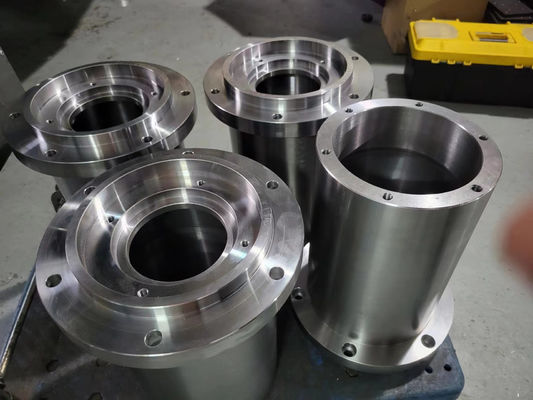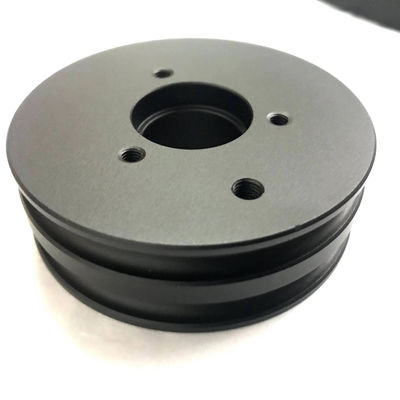
Contact me for free samples and coupons.
Whatsapp:0086 18588475571
Wechat: 0086 18588475571
Skype: sales10@aixton.com
If you have any concern, we provide 24-hour online help.
x| Outer Diameter | Custom | Inner Diameter D | Custom |
|---|---|---|---|
| Length A | Custom | Width B | Custom |
| Height W | Custom | Application | Material Transmission Line/steel Strip Production Line |
| High Light | Bearing Plate flat bearing plate,Steel Bearing Plate 3mm,flat bearing plate 5mm |
||
Custom Bearing Plate For Material Transmission Line Steel Strip Production Line
A bearing plate, also known as a support plate or thrust plate, is a flat or slightly curved component used to support and distribute the load of a bearing or a structural member. It typically has a larger surface area compared to the bearing it supports and is designed to provide stability and load distribution. Here are some key points about bearing plates:
-
Load Distribution: The primary function of a bearing plate is to distribute the load evenly across a larger area. It helps to prevent localized stress concentrations and ensures that the load is transmitted effectively to the underlying structure or foundation.
-
Stability: Bearing plates enhance the stability of the supported bearing or structural member. By providing a wider base, they help to resist tilting, shifting, or deformation under load, thereby maintaining the alignment and integrity of the supported component.
-
Material Selection: Bearing plates are commonly made from durable materials such as steel, cast iron, or reinforced concrete. The material choice depends on factors such as load capacity, environmental conditions, and the specific application requirements.
-
Thickness and Size: Bearing plates are designed to be thick enough to handle the anticipated loads without excessive deflection or deformation. The size of the bearing plate is determined by the dimensions of the supported bearing or structural member and the required load-bearing capacity.
-
Installation: Bearing plates are typically installed between the bearing or structural member and the supporting surface, such as a foundation or concrete slab. They are securely fastened or embedded to ensure proper load transfer and stability.
-
Types of Bearing Plates: There are various types of bearing plates designed for specific applications. For example, thrust plates are used to support axial loads and transmit them to a stable foundation, while anchor plates provide a secure connection between structural members and their supporting elements.
-
Bridge Construction: Bearing plates are commonly used in bridge construction to support bridge bearings and distribute the load from the superstructure to the bridge piers or abutments. They help to ensure the smooth transfer of loads and allow for movement and rotation of the bridge components.
-
Machinery and Equipment: Bearing plates are also utilized in machinery and equipment applications, where they provide stable support for bearings, shafts, and other rotating or moving components. They help to minimize vibration, noise, and premature wear of the equipment.
In summary, bearing plates play a crucial role in supporting and distributing loads in various applications. They provide stability, load distribution, and help maintain the integrity of the supported components. The design and selection of bearing plates are based on factors such as load capacity, material strength, and the specific requirements of the application.







